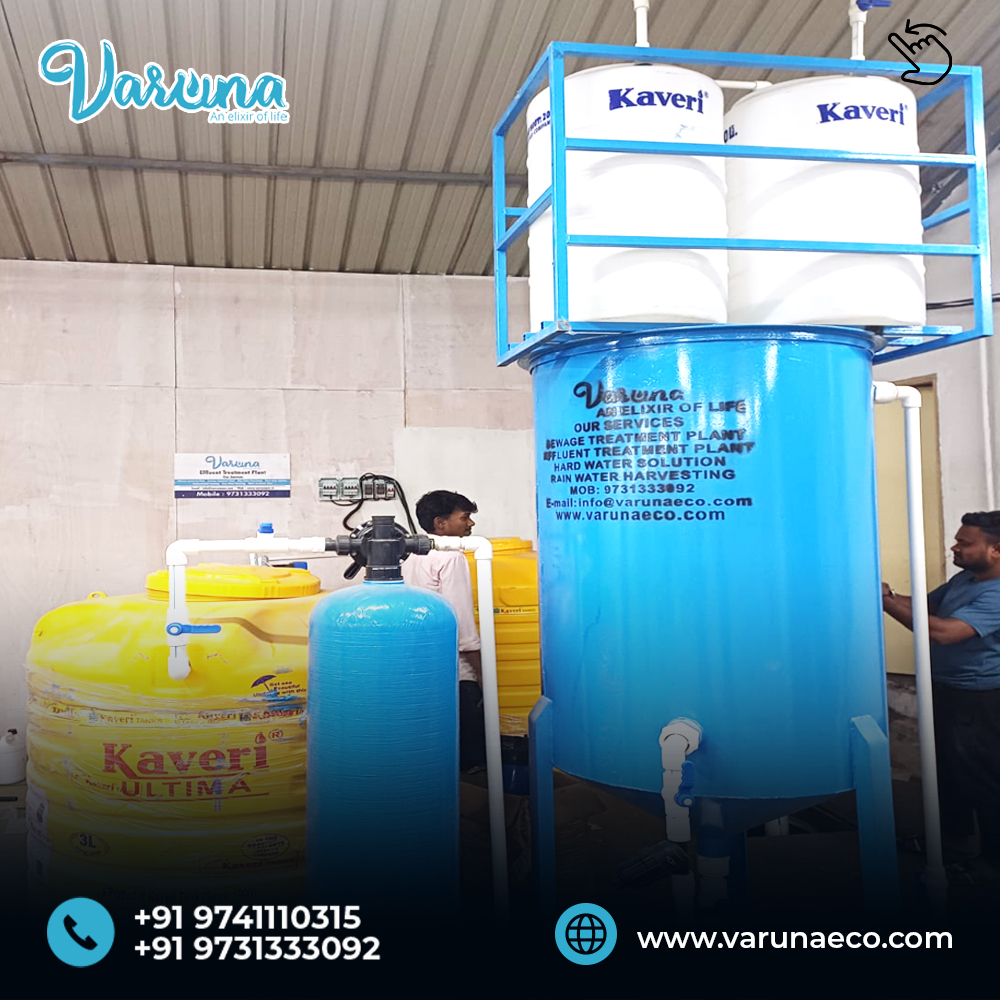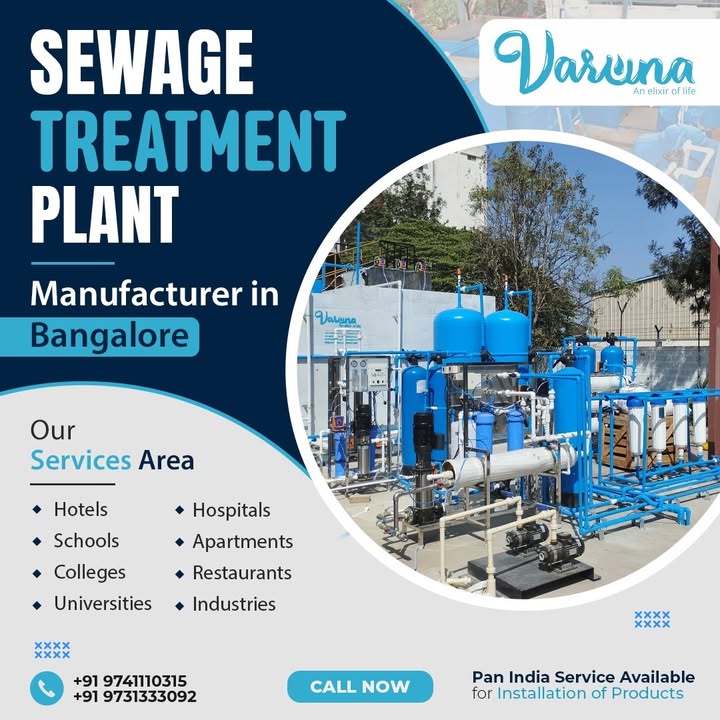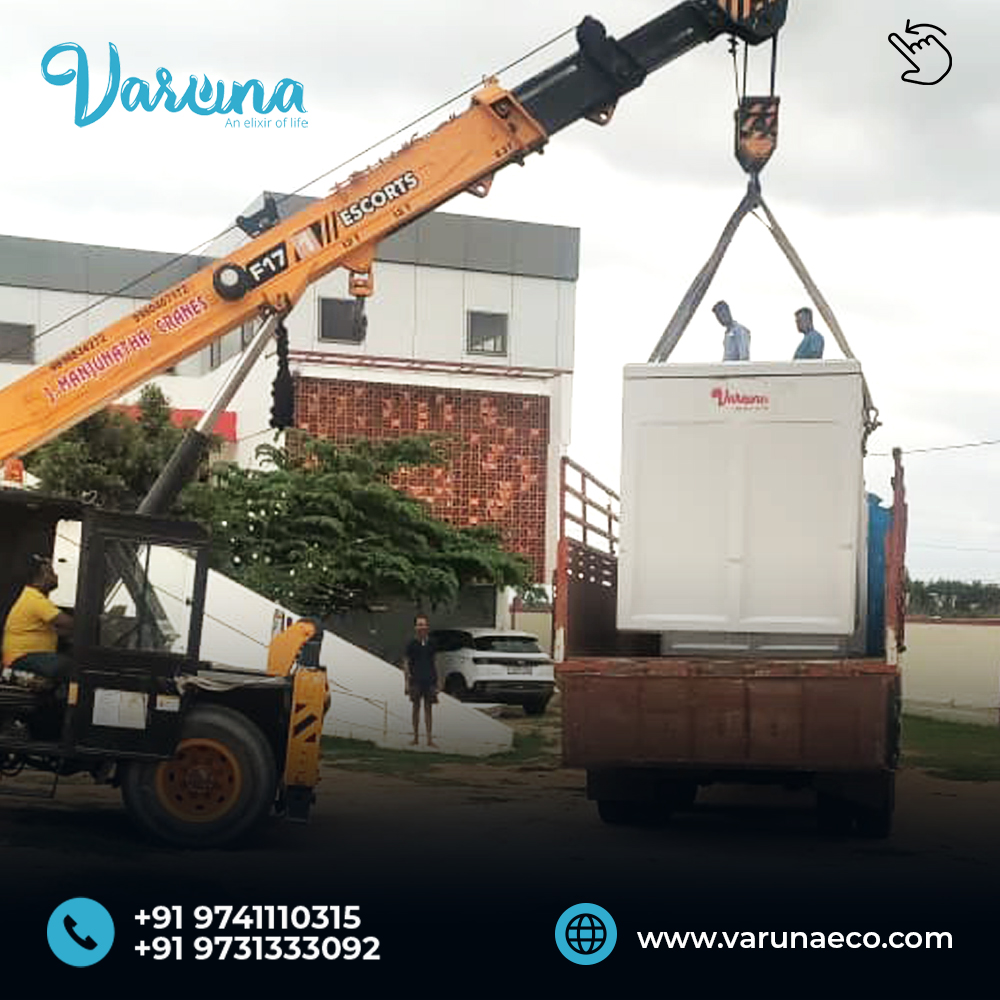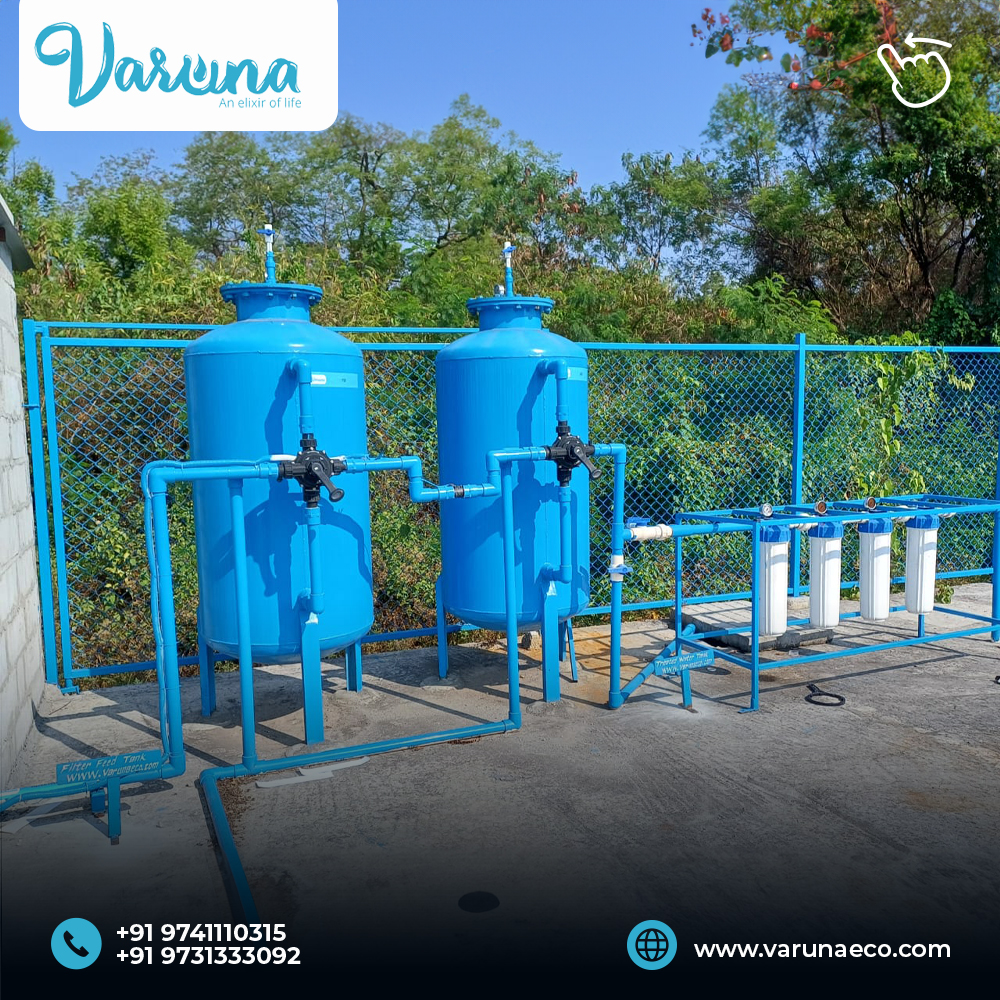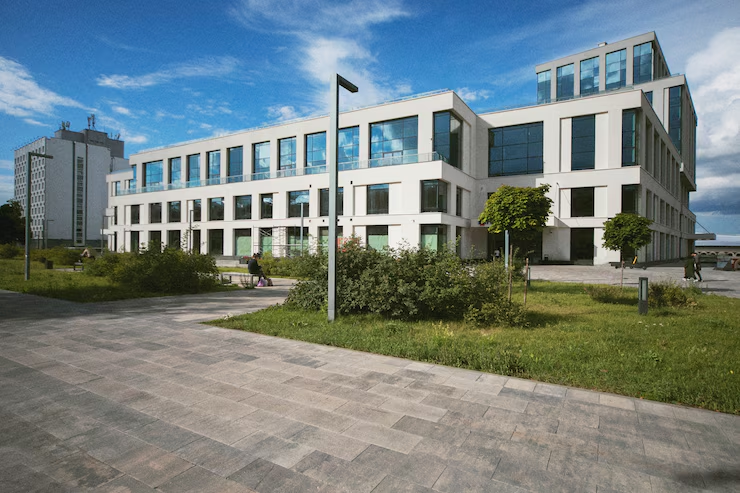
Pharmaceutical Removal in Hospital STPs | Varuna Water Solutions
Learn why conventional hospital STPs fail to remove pharmaceutical residues and how Varuna’s advanced MBR and AOP technologies ensure safe, compliant discharge.
Introduction
Hospitals play a crucial role in the delivery of healthcare but are also among the major producers of complex wastewater. A single hospital bed produces as much as 750 liters of wastewater on a daily basis, which does not only have organic pollutants but also pharmaceutical residues, radioactive constituents, heavy metals, and microbial pathogens.
Even though traditional sewage treatment plants (STPs) try to tackle this waste, they tend to fail in fully eliminating pharmaceutical pollutants.
This article delves into why traditional hospital STPs fail to eliminate drug residues and how Varuna's innovative solutions, such as Membrane Bioreactor (MBR) and Advanced Oxidation Processes (AOPs), are revolutionizing hospital wastewater treatment.
The Increasing Concern of Pharmaceutical Residues in Hospital Wastewater
The nature of hospital sewage is more intricate and dangerous than ordinary household wastewater. Research indicates that nearly 90% of ingested pharmaceuticals enter the sewer system. Some typical hospital wastewater pollutants are:
-
Analgesics
-
Antibiotics
-
Hormones and cytostatics
-
Contrast media (ICM)
-
Surfactants, mercury, platinum, and adsorbable organic halides (AOX)
These products are persistent, bioaccumulative, and non-biodegradable, posing severe threats to aquatic life and human health.
Why Conventional STPs Fall Short
Traditional wastewater treatment processes mainly apply primary (physical) and secondary (biological) processes to lower BOD (300–400 mg/L), COD (800–1000 mg/L), and TSS (400–600 mg/L). These processes are not capable of degrading pharmaceutical residues, which tend to possess complex molecular structures not easily degraded by microorganisms.
Important Limitations:
-
Failure to Eliminate Micropollutants: Conventional processes are not adequate to eliminate pharmaceutical compounds.
-
Spread of Antibiotic-Resistant Bacteria: Biological treatment processes have the potential to spread antibiotic-resistant genes (ARGs) and bacteria (ARBs).
-
Survival of Pathogens: Most microbial pathogens, such as E. coli (up to 10^7 MPN/100 ml), can survive through conventional treatments.
-
Regulatory Non-Compliance: Central Pollution Control Board (CPCB) regulations include discharge limits like Mercury (<0.01 mg/L) and Fecal Coliforms (400 MPN/100 ml), which are seldom met with old systems.
Public Health and Environmental Impact
Insufficiently treated hospital effluent can result in multiple risks:
-
Disease transmission by polluted water bodies
-
Appearance and proliferation of environmental antibiotic resistance
-
Heavy metal and chemical bioaccumulation by aquatic life
-
Negative impacts on biodiversity and ecological balance
Through this, untreated hospital wastewater is a major pollution source that poses a risk to both drinking water sources and natural environments.
Varuna's Advanced Hospital STP Technologies
Embracing the urgency of hospital effluents, Varuna has come up with STP solutions designed specifically for healthcare institutions. Our technologies are geared towards lowering operation costs, compliance with regulations, and high contaminant removal efficiency.
1. Membrane Bioreactor (MBR) Technology
MBR technology combines biological treatment and membrane filtration to provide high-level contaminant removal.
Benefits:
-
Efficient removal of suspended solids, bacteria, and majority of viruses
-
Better treatment of micropollutants and pharmaceutical residues
-
Generates high-quality effluent that can be reused non-potably (e.g., flushing, gardening, cooling systems)
2. Advanced Oxidation Processes (AOPs)
AOPs utilize hydroxyl radicals to break down persistent and complex organic pollutants.
Benefits:
-
Extremely effective in removing pharmaceuticals, endocrine disruptors, and ARGs
-
Can be used as a tertiary or polishing treatment step
-
Facilitates water reuse and net-zero water discharge goals
3. Decentralized STP Systems
Varuna's compact, modular STPs are suited for space-constrained facilities.
Benefits:
-
Scalable for various hospital sizes
-
Rapid installation with minimal civil work
-
Low-energy and cost-effective operation
Regulatory Compliance and Performance
Varuna's systems always surpass and comply with CPCB norms for hospital effluent treatment:
-
BOD: < 10 mg/L
-
COD: < 50 mg/L
-
TSS: < 20 mg/L
-
Fecal Coliforms: < 400 MPN/100 ml
Hospitals using Varuna's STPs indicate:
-
Water reuse for internal uses of up to 80%
-
50–60% saving in water procurement cost
-
Better environmental compliance and institutional image
Seamless Integration with Hospital Infrastructure
Varuna supplies STPs custom-designed based on an exhaustive study of the wastewater profile of the hospital. Our procedure entails:
-
Water audit and analysis
-
Custom engineering and design
-
Delivery of pre-fabricated modular unit
-
On-site installation and commissioning
-
Training and ongoing operational support
Annual Maintenance Contracts (AMC) and remote monitoring services are also offered to provide assurance of system performance and compliance with regulations.
Why Varuna is the Right Choice
-
Specialized Expertise: Years of experience in wastewater treatment in hospitals
-
Advanced Technology: Application of MBBR, MBR, and AOPs that are custom-based
-
Green Practice: Facilitates water recycling and zero-discharge policies
-
Regulatory Conformity: Solutions conforming to national and local effluent discharge regulations
-
Total Support: End-to-end service from designing to maintenance
Conclusion
Traditional sewage treatment facilities are unable to meet the challenge of hospital wastewater, particularly in relation to pharmaceutical residues. In addition to posing a risk to public health, such contaminants undermine environmental sustainability. As regulatory pressures and environmental sensitivities rise, the need for more sophisticated and efficient wastewater treatment processes among hospitals becomes imperative.
Varuna's state-of-the-art technologies, such as MBR and AOP systems, offer a strong solution to this increasing issue. Our systems guarantee complete elimination of toxic substances and allow hospitals to treat wastewater as a recyclable resource instead of waste.
Get in touch with Varuna for a tailored hospital STP solution:
Phone: +91 9731333092
Website: www.varunaeco.com
Email: sendtovaruna@gmail.com

